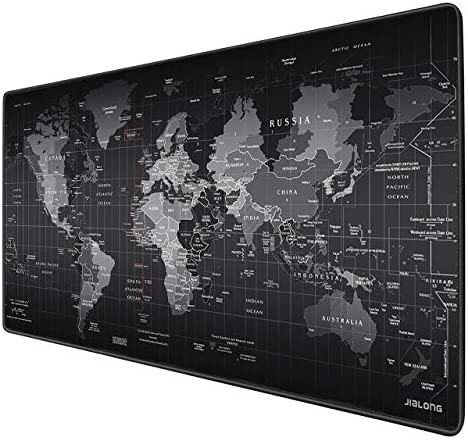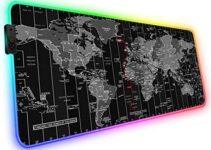The ocean covers over 70% of our planet. It regulates the global climate, is home to 80% of life on Earth, acts as a carbon sink, and supports the livelihoods of billions of people. As an avid swimmer and surfer I also think the ocean is simply bloody magnificent.
However, the world’s oceans face unprecedented threats from pollution, overfishing, and climate change. This is undermining the health of an ecosystem that supports all life on Earth.
In this era of rapid technological advancement, innovative solutions are emerging that can help reverse the damage. From autonomous drones and AI to blockchain and even a Tinder-inspired fundrasing app, a new wave of tech tools is transforming ocean conservation.
Underwater satellites
German startup PlanBlue has built an “underwater satellite” called DiveRay that it uses to map the seafloor.
Only 5% of the ocean has been explored, leaving massive gaps in our knowledge about how it works — and the impacts of human activity.
DiveRay is equipped with high-resolution cameras and navigation sensors. An AI algorithm automatically processes this data and turns it into interactive maps of everything from coral reefs to seagrass meadows.

Researchers around the world use PlanBlue’s tech to study the health of underwater ecosystems. Scientists also use DiveRay to track the progress of restoration efforts, like coral gardening.
PlanBlue recently teamed up with Dutch surveying giant Fugro to scale up its technology. It’s also working on making DiveRay compatible with underwater robots that can be programmed to scan much larger areas than human divers.
The app fighting overfishing
While we still know very little about the seafloor, the sheer extent of overfishing in our oceans is well documented. Nearly 90% of the world’s marine fish stocks are now fully exploited, overexploited or depleted.
You might think that stopping eating fish altogether is the answer, and you could be right. But the reality is that for billions of people seafood is a crucial source of food and income.
ABALOBI, based out of Cape Town, South Africa, is an app and traceability platform that looks to kill two birds with one stone. It wants to tackle overfishing while simultaneously supporting local fishers that rely on fishing for their income.

The platform centres around three apps. The first allows fishers to upload details of their daily catch to an encrypted database. Only fish that are caught legally within sustainable bag limits can be uploaded.
Then, on a marketplace app, restaurants and homeowners can purchase the fish at a fair price. The bulk of the profits go straight to the fisherman or woman who caught the fish.

“This technology enables fishers to connect to fair and transparent digital markets and to earn an improved livelihood from ecologically resilient fish species,” Serge Raemakers, ABALOBI’s founder, tells TNW.
ABALOBI allows fishers to get a good price for less valuable, but more plentiful, fish species. This lessens pressure species on like lobster or tuna whose numbers are dwindling.
ABALOBI’s technology is now used by partner organisations in 12 other countries, including Chile, Madagascar, Croatia, and Ireland. The startup was a finalist for last year’s Earthshot prize.
3D-printed reefs
While overfishing is having a direct impact on fish numbers, climate change is making the ocean warmer and more acidic. This is taking its toll on one of the ocean’s most precious habitats: coral reefs.
In the past thirty years, half of the world’s coral reefs have died and disappeared. Coastruction, a startup based in Rotterdam, the Netherlands, wants to print them back to life.
Founded by Nadia Fani, a computer scientist and entrepreneur from Italy, Coastruction has devised a way to 3D-print complex reef-like structures.
Coastruction uses a special 3D-printer that deposits concrete layer-by-layer to create complex geometric shapes. The more complex the shape, the more nooks and crannies for marine life to latch on to.

Coastruction consults with marine scientists to determine the most fitting designs or materials for a particular underwater location. “We create artificial reefs that mimic real reefs to the greatest extent possible,” Fani tells me.
The 3D structures are then placed underwater in coastlines around the world, like Maldives or Saudi Arabia. Over time, they become habitats for fish, new coral and algae. In sufficient numbers, they can also act as a barrier to protect coastal cities from storms and erosion.
Coastruction is currently looking to scale up. It’s building a new printer and seeking further investment.
The startup’s main target market is ecotourism, especially private resorts who want to restore damaged reefs to attract more tourists. But it has also generated interest from port authorities, offshore wind farms, and governments.
Like all efforts to protect our seas, Coastruction’s technology remains but a drop in the ocean relative to the issue at hand. But together, ventures like these could help turn the tide.


